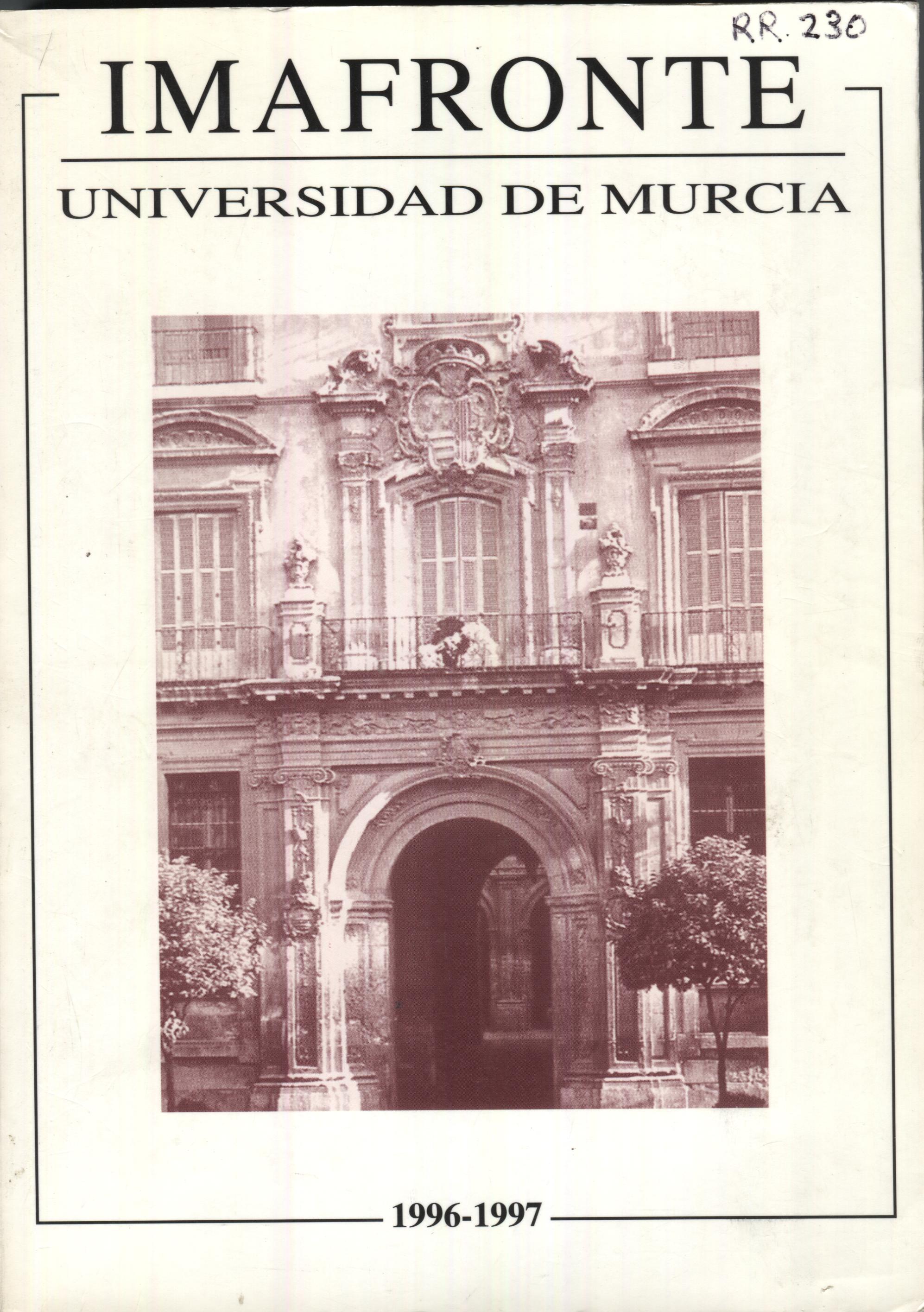LA DINÁMICA ISOTÓPICA COMO FUNDAMENTO DEL DISCURSO ARTÍSTICO MÚSICO-LITERARIO
Resumen
This paper is integrated in the field of the study of heterosemiosis, defined by the author previously, and centred in a specific aspect of the semiotic functioning of the artistic manifestations that integrate musical and literary elements. Using the greimasian concept of isotopy to explain the possibilities that are considered in the integration , in a coherent unitary textual structure, of the different elements that constitute the musical-literary discourse, to the extent that they can be considered in relation to certain isotope coordinales of reference, that are defined by a series of disotopical-isotopes operators. From this perspective, attention is given to the way in which diverse disfunctions, that take place in the discursive process in the form of successive processes of engage-disengage. define the textual structure and determine the processes of the generation of meaning in the discourse. Once the specific field has been considered that defines the heterosemiotic musical-literary discourse. the temporal, spacial and above all the acting disfunctions receive a special attention.Descargas
-
Resumen303
-
PDF169
Las obras que se publican en esta revista están sujetas a los siguientes términos:
1. Los autores ceden de forma no exclusiva a la revista los derechos de explotación (reproducción, distribución, comunicación y transformación).
2. Las obras que se publican en esta revista están sujetas a la licencia Attribution-ShareAlike 4.0 International (CC By SA 4.0). Por lo que se pueden copiar, usar, difundir, transmitir y exponer públicamente, siempre que:
i) se cite la autoría y la fuente original de su publicación (revista, editorial y URL de la obra), permitiendo así su reconocimiento.
ii) se permite remezclar, transfromar o crear a partir del material mientras se mantenga la misma licencia del original.
3. Condiciones de auto-archivo. Se permite y se anima a los autores a difundir electrónicamente las versiones pre-print (versión antes de ser evaluada) y/o post-print (versión evaluada y aceptada para su publicación) de sus obras antes de su publicación, ya que favorece su circulación y difusión más temprana y con ello un posible aumento en su citación y alcance entre la comunidad académica. Color RoMEO: verde.
























